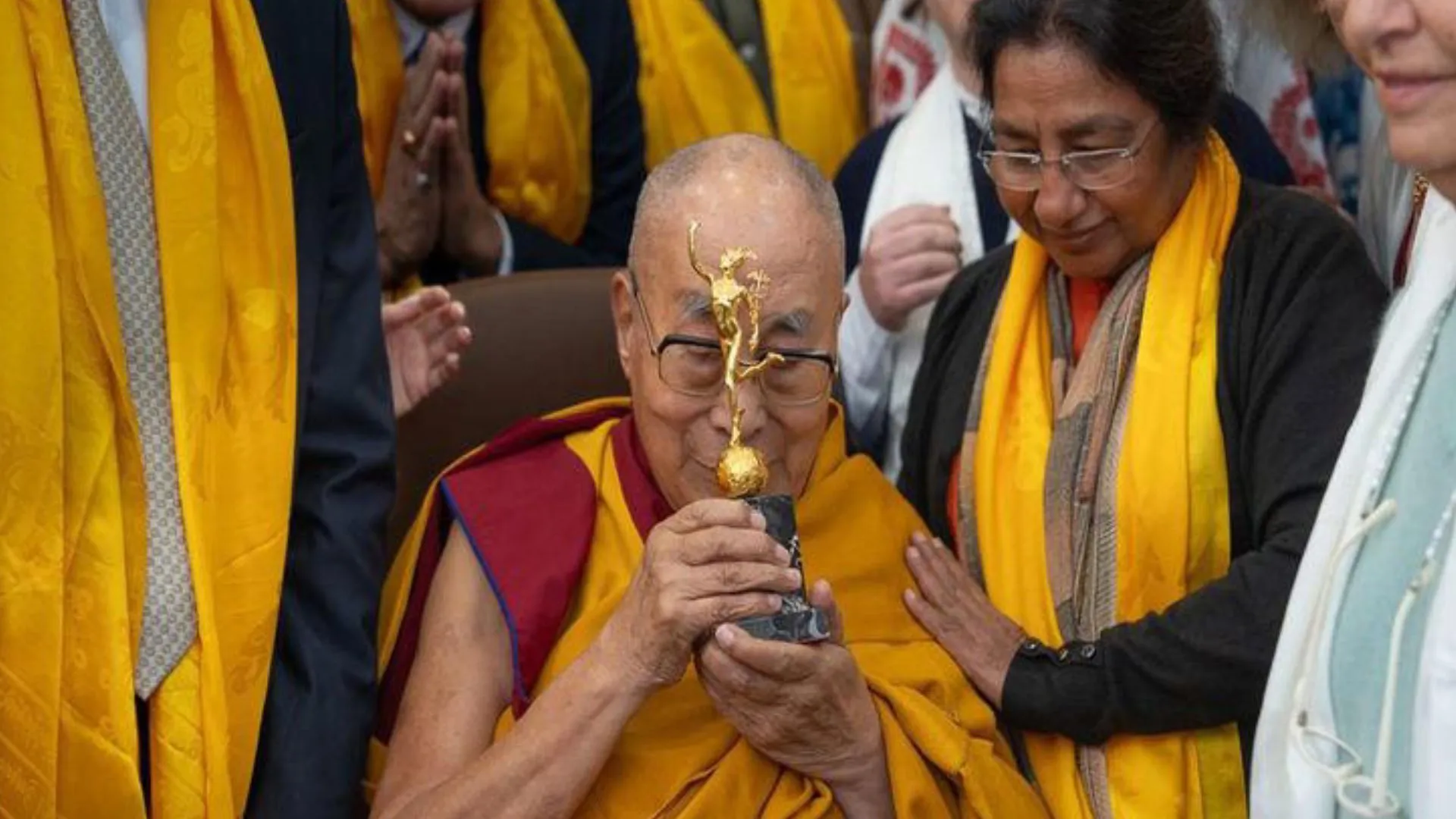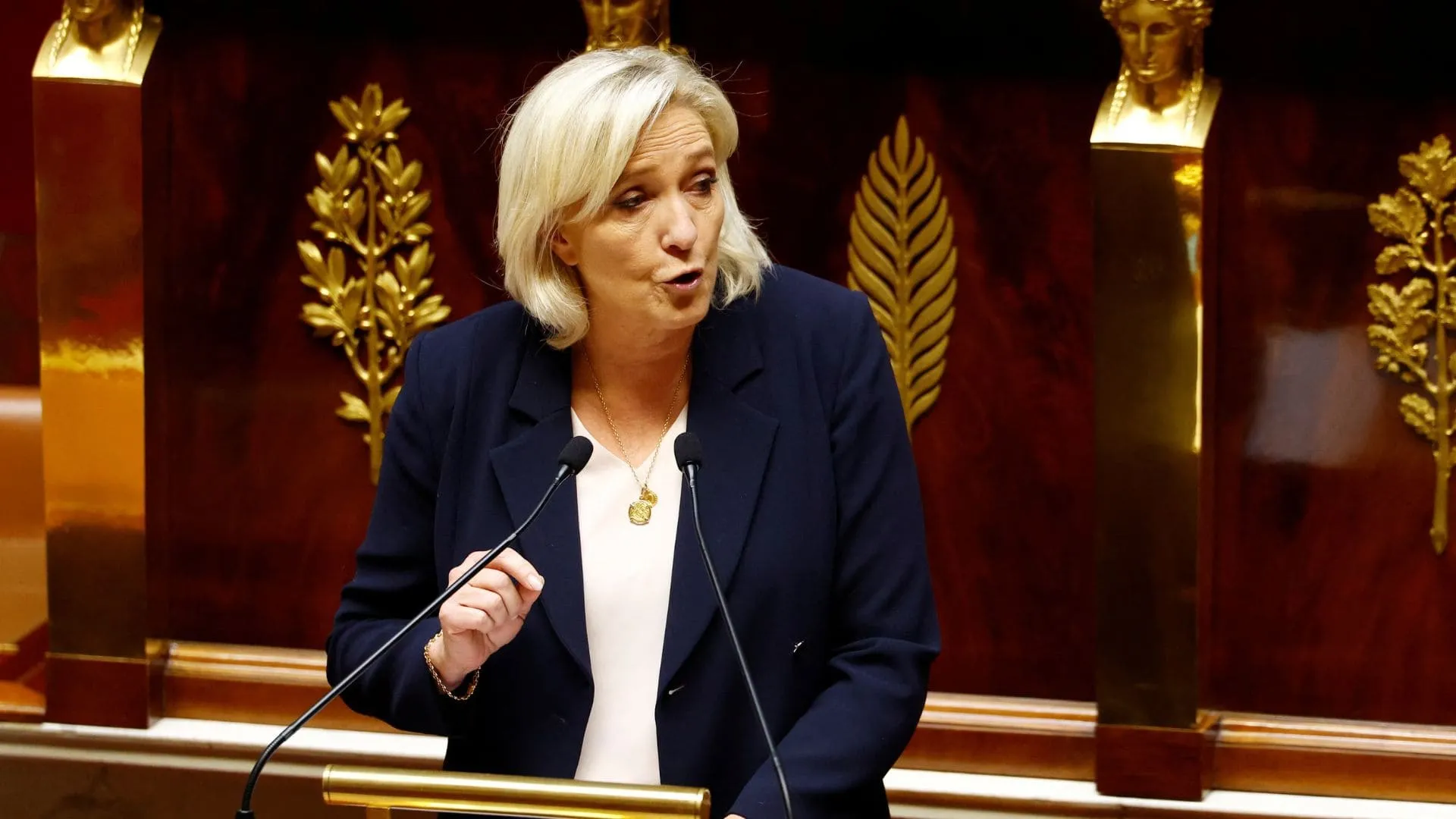Armed rebels in Myanmar took control of the country’s rare-earth mining region, delivering a severe setback to the ruling military junta in October . The Kachin Independence Army (KIA), which led the offensive, now controls sites responsible for producing nearly half of the world’s heavy rare earths. These minerals are essential for manufacturing wind turbines and electric vehicles. The takeover has significantly disrupted supply, causing a spike in terbium oxide prices.
China Faces Challenges in Myanmar
The KIA aims to use rare earths as leverage against China, which has backed Myanmar’s military and heavily invested in mining operations in Kachin state. According to sources, the rebels seek to weaken the junta’s ties with Beijing.
Data from Chinese customs, previously unreported, shows that China’s rare earth imports from Myanmar plummeted to 311 metric tons in February—an 89% drop from the previous year. The sharp decline started after the KIA’s offensive in October.
India Enters the Picture
While China struggles to maintain its grip, India has expressed growing interest in Myanmar’s rare earth reserves. In late 2024, Indian officials from a state-run mining and refining firm reportedly visited Kachin to assess potential opportunities. The KIA, one of Myanmar’s oldest ethnic militias, has imposed a high tax on Chinese-operated rare-earth miners near Panwa and Chipwe towns.
The Impact on China’s Rare Earth Market
China, one of the military junta’s strongest supporters, continues to see the regime as a stabilizing force along its border. However, Myanmar’s military has lost control of most frontier regions since a major rebel offensive in 2023. In response to the situation, a spokesperson for China’s Foreign Ministry stated that Beijing remains committed to promoting peace talks and assisting in the peace process in northern Myanmar.
Meanwhile, Myanmar’s rare earth crisis has affected global prices. The Shanghai Metals Market reported that terbium oxide prices surged 21.9% between September 2023 and March 2024, reaching 6,550 yuan per kg. Dysprosium oxide prices, however, dipped slightly by 3.2% due to lower demand.
The Growing Stalemate and Economic Fallout
The unrest in Myanmar’s mining sector could have long-term global consequences. Research firm Adamas Intelligence warned that an extended shutdown may lead to volatile rare earth prices and a shift in market dynamics. China’s dominance in the sector relies on Myanmar’s supply, making prolonged disruptions problematic.
Chinese mining firms initially expanded operations in Kachin in the 2010s after Beijing imposed stricter domestic regulations. The industry grew further after Myanmar’s 2021 military coup, with the junta allowing operations to continue. However, unchecked mining severely damaged the environment, leaving the region scarred with toxic waste pools.
Since taking over, the KIA has imposed a 20% tax, rendering mining unprofitable for many local operators. The rebels seek to pressure China into recognizing their authority over the borderlands and stopping its support for the junta. Despite ongoing negotiations, Beijing appears hesitant to meet the KIA’s demands. If China fails to adapt, it risks losing control over Myanmar’s rare earth reserves.
KIA’s Next Steps and India’s Growing Interest
The KIA recently permitted the shipment of existing rare earth inventories to China. However, to resume full-scale mining operations, they need cooperation from Chinese workers, who possess the technical expertise. “Without them, this won’t work, full stop,” said Singapore-based rare-earths expert Thomas Kruemmer.
Meanwhile, India is exploring alternative supply chains. In December, India’s state-owned mining company, IREL, sent a delegation to Kachin to assess resources. Sources familiar with the matter indicate that India is willing to pay higher prices than China for rare earths.
Despite India’s interest, multiple challenges remain. The rugged terrain along the India-Myanmar border complicates transportation, and northeastern India lacks direct links to the country’s major industrial hubs. Additionally, India currently lacks the infrastructure to process heavy rare earths into industrial-grade magnets, a process dominated by China and Japan.
Still, as power dynamics shift, the KIA may seek alternatives if China refuses to recognize the new reality. “If Beijing does not acknowledge the changing power dynamics, the KIA will have to open alternative options,” said Dan Seng Lawn of the Kachinland Research Centre.
Myanmar’s rare-earth crisis has thrown global supply chains into uncertainty. The KIA’s control over the mining belt has disrupted China’s supply and opened opportunities for India. While the situation remains fluid, one thing is clear: Myanmar’s rebel offensive has reshaped the rare-earth market, with potential consequences for global technology and energy industries.






















